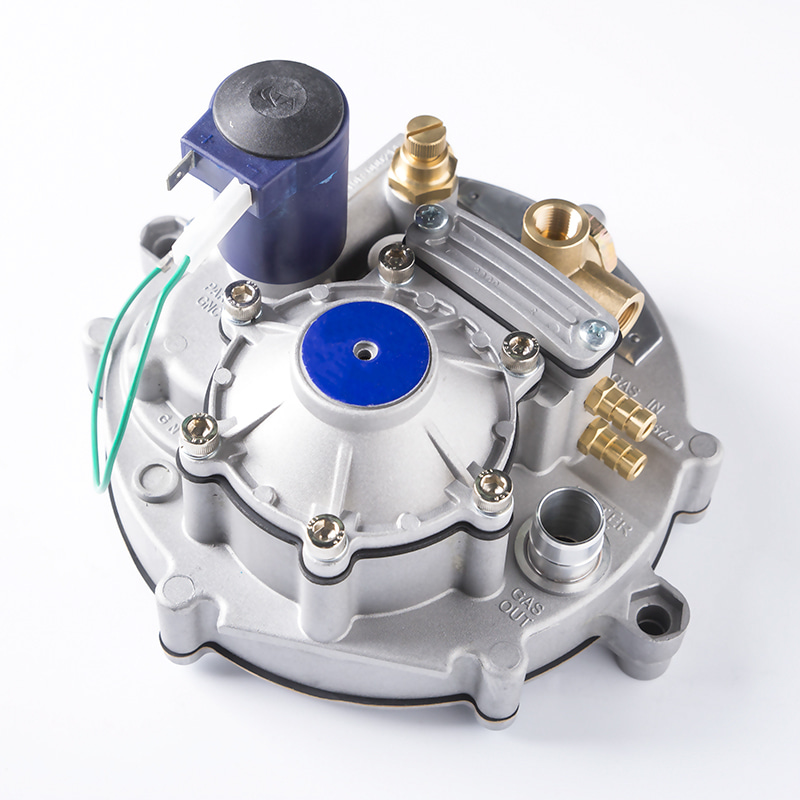How do these charging stations ensure compatibility with diverse electric-powered car models, both present-day and destiny ones?
Ensuring compatibility with numerous electric car (EV) fashions, both present-day and destiny ones, is important for the fulfillment of charging stations. Charging stations normally feature connectors that help more than one standard, which include CCS (Combined Charging System), CHAdeMO, and Type 2 (for AC charging). This guarantees compatibility with a wide variety of EVs that use those requirements.
Charging stations regularly offer adjustable electricity stages, consisting of 7kW, 11kW, and 22kW, allowing users to select the suitable charging pace based totally on their EV's capabilities. This flexibility caters to various EV models with one-of-a-kind charging requirements.
Keyuan objectives for familiar compatibility by way of adhering to enterprise standards and protocols. This guarantees that any EV designed to follow these requirements can use the charging station.
Some charging stations are ready with OTA update skills, letting them get hold of software updates to aid new protocols or requirements as they emerge. This allows the charging station up-to-date with modern EV fashions.
Charging stations with a modular design will have components changed or upgraded to guide new technology or requirements. This extends their compatibility with destiny EVs.
In instances wherein new connectors or requirements emerge, plug-and-play adapters may be provided or made to be had, allowing older charging stations to adapt to new EV necessities.
Many charging stations use open verbal exchange protocols like OCPP (Open Charge Point Protocol) for remote management. This openness allows interoperability and ensures that destiny EVs can communicate with the charging station.
Can these charging stations be integrated into a larger network of charging infrastructure?
Indeed, it is feasible to integrate various types of charging stations, such as the
AC 7kW, 11KW, and 22KW wall-mounted units, into a more extensive charging network. This integration is of maximum importance as it lets in the advent of a complete and notably efficient charging environment. Notably, charging stations are generally ready with various community connectivity abilities such as Ethernet, Wi-Fi, or cellular connections. These connectivity alternatives allow seamless communication between the charging stations and a principal management system or a network operations center.
An imperative management machine plays a vital function in tracking and controlling multiple charging stations spread across specific places. By using this system, real-time information on charging repute, usage styles, and any capability issues may be gathered and analyzed. Moreover, centralized management systems facilitate load control, making sure the highest quality distribution of available strength a few of the charging stations. This clever allocation prevents overloads and guarantees efficient electricity usage, in particular in areas with excessive demand.
Furthermore, a significant control system gives comprehensive billing and fee processing skills for all interconnected charging stations. This means that customers can be as it should be billed for his or her charging classes, even as operators can effectively manipulate revenue series. Additionally, integration allows for centralized consumer authentication and admission to control. Users can comfortably log in or authenticate through a single platform, enhancing convenience and safety.
The advantages of a centralized system no longer cease there. It allows the simultaneous deployment of software program updates to all linked charging stations, making sure that they continue to be up-to-date with ultra-modern functions, safety patches, and protocols. By consolidating statistics from a couple of charging stations, operators gain treasured insights through facts analytics. These insights encompass usage patterns, consumer conduct, and station performance, taking into account informed selection-making and optimization of the charging community.
As the adoption of electric cars keeps growing, charging networks can effects scale using incorporating extra charging stations. The central management gadget seamlessly accommodates these new stations with no disruptions. Moreover, operators can remotely diagnose and troubleshoot problems with the charging stations, lowering downtime and minimizing the want for on-website online renovation.
In commercial applications along with fleet control or workplace charging, integrated charging networks prove to be pretty efficient in coping with the charging requirements of multiple electric cars. Moreover, these incorporated networks can actively participate in demand reaction packages, adjusting charging rates or schedules based on grid conditions to assist common grid stability.

 English
English Español
Español













